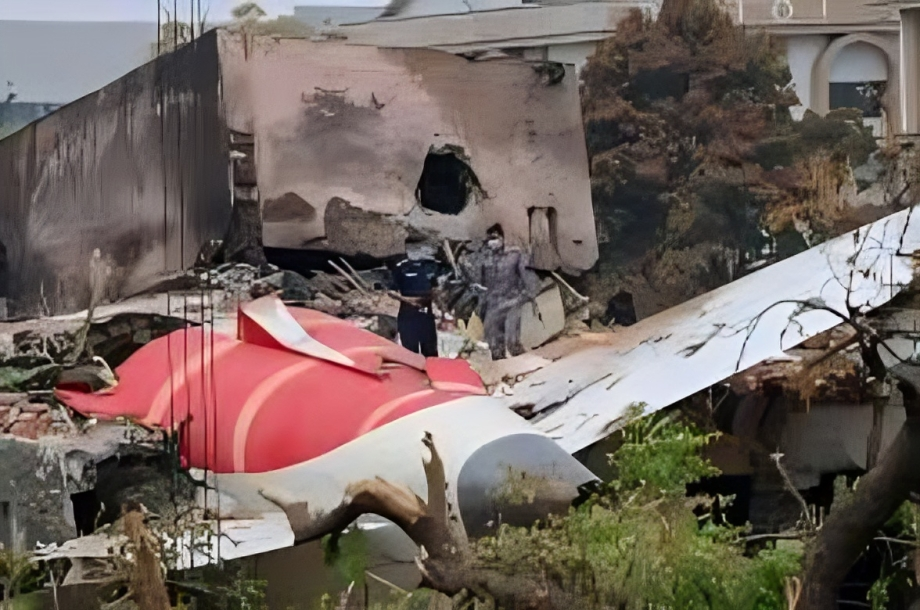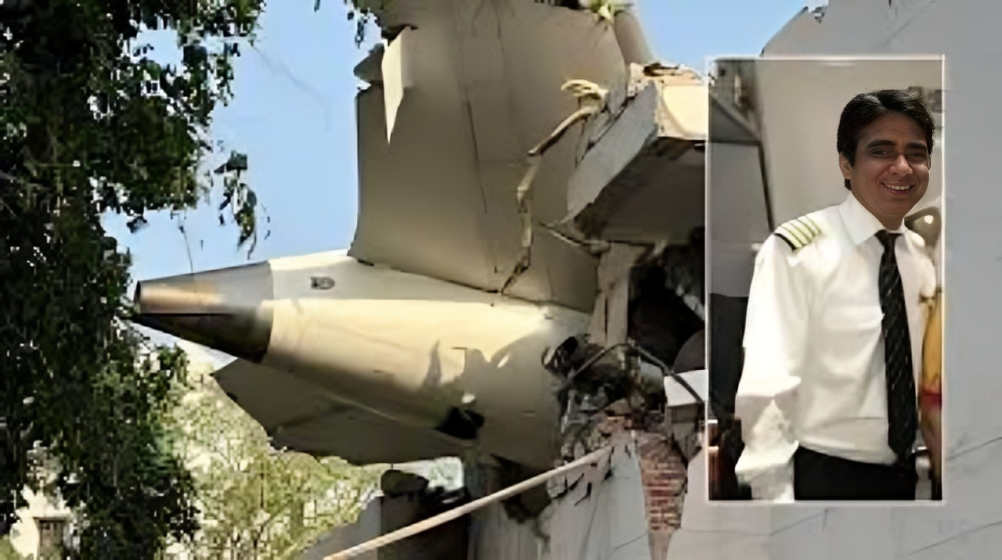Air India Flight Crash 2025: How Captain Sumit Sabharwal’s Heroism Saved Thousands
On the morning of June 12, 2025, tragedy struck Indian aviation as Air India Flight AI 171, a Boeing 787 Dreamliner, crashed just minutes after taking off from Ahmedabad International Airport en route to London Heathrow. But amidst the horror, emerged a tale of extraordinary courage and selflessness — the pilot-in-command, Captain Sumit Sabharwal, sacrificed his life to prevent an even larger disaster.
The Tragic Day: What Happened?
Flight AI 171 took off at 6:38 AM IST with 242 souls on board, including passengers and crew. Within the first 15 minutes, the aircraft reported multiple system failures. As per the preliminary report by the Aircraft Accident Investigation Bureau (AAIB), the Boeing 787 suffered a severe malfunction in its flight control system, leading to loss of vertical and lateral stability.
Eyewitnesses and radar logs confirm that the aircraft veered off its designated flight path and started descending rapidly, indicating that a crash was imminent.
The Man Behind the Controls: Captain Sumit Sabharwal
Captain Sumit Sabharwal, aged 56, was one of Air India’s most seasoned pilots, with over 8200 flight hours under his belt, including 2100 hours on the Boeing 787. Known for his calm decision-making and technical expertise, he was a respected mentor in the pilot community.
As systems failed and ground impact became unavoidable, Captain Sabharwal made a split-second decision that potentially saved over 2000 additional lives.
The Heroic Decision That Changed Everything
Flight path analysis shows that the aircraft was headed directly toward a densely populated area of Ahmedabad, including:
- A 1200-bed government civil hospital
- A military hospital with hundreds of patients and personnel
- Several residential blocks and marketplaces
Instead of allowing the aircraft to crash uncontrolled, Captain Sabharwal maneuvered the descending plane toward a medical college hostel zone, which was comparatively less populated during early morning hours. This decision drastically reduced the possible death toll on the ground.

The aircraft ultimately crashed in a sparsely wooded area behind the hostel complex, minimizing collateral damage.
Casualties and Survival
Out of the 242 onboard, 241 people, including First Officer Clive Kundar, tragically lost their lives. One miraculous survivor, a 27-year-old Indian student returning to London, was pulled from the wreckage hours later with multiple injuries but is now in stable condition.
Though the passenger death toll is immense, the Captain’s redirection of the aircraft likely prevented mass civilian casualties in the nearby hospitals and city blocks.
Investigation Underway: AAIB and Global Oversight
The Indian Ministry of Civil Aviation launched a high-level investigation on June 13, 2025, involving:
- Aircraft Accident Investigation Bureau (AAIB)
- International Civil Aviation Organization (ICAO)
- Boeing Aircraft Company (the aircraft manufacturer)
- Flight data and cockpit voice recorder (black box) analysis teams
Initial findings suggest a catastrophic flight control system malfunction, possibly linked to electrical relay overheating. Boeing is under scrutiny to determine if this was a one-off issue or a flaw in the model itself.
The final report is expected by September 2025.
National Mourning and Funeral
Captain Sabharwal’s funeral was held on June 17 in Mumbai, attended by senior government officials, Air India executives, and fellow aviators. Across India and globally, tributes poured in for the “Hero of AI 171.”
Air India and the Indian Air Force observed two minutes of silence, and the Prime Minister of India personally praised the Captain’s “last act of duty that saved the nation from a larger heartbreak.”
Technical Aspects of the Crash
According to aviation engineers:
- The aircraft likely lost all hydraulic-assisted controls
- The autopilot disengaged after repeated error codes
- Manual override was attempted using emergency trim systems
- The final descent angle was intentionally steep to avoid overshooting into urban zones
This level of manual control is only possible with years of cockpit experience, and Captain Sabharwal’s presence of mind under pressure was pivotal.
Lessons from Air India Flight Crash 2025
This incident is already being reviewed in global aviation circles as a case study in crisis aviation response. Here are some takeaways:
1. Pilot Experience is Invaluable
Modern aircraft rely heavily on automation, but manual flying skills remain crucial in emergencies. Captain Sabharwal’s legacy will likely prompt a re-emphasis on manual simulation training.
2. More Frequent System Checks Needed
There are now calls to increase mandatory deep-system diagnostics on Boeing 787 and similar long-haul aircraft, especially for flights carrying over 200 passengers.
3. Better Urban Risk Maps
Aviation authorities are being advised to update city crash-risk maps and ensure that emergency rerouting training includes population density awareness.
Amarnath Yatra 2025 Guide: Route, Budget & Stay Tips


[…] Air India Flight Crash 2025: Pilot’s Brave Decision Saved Lives […]